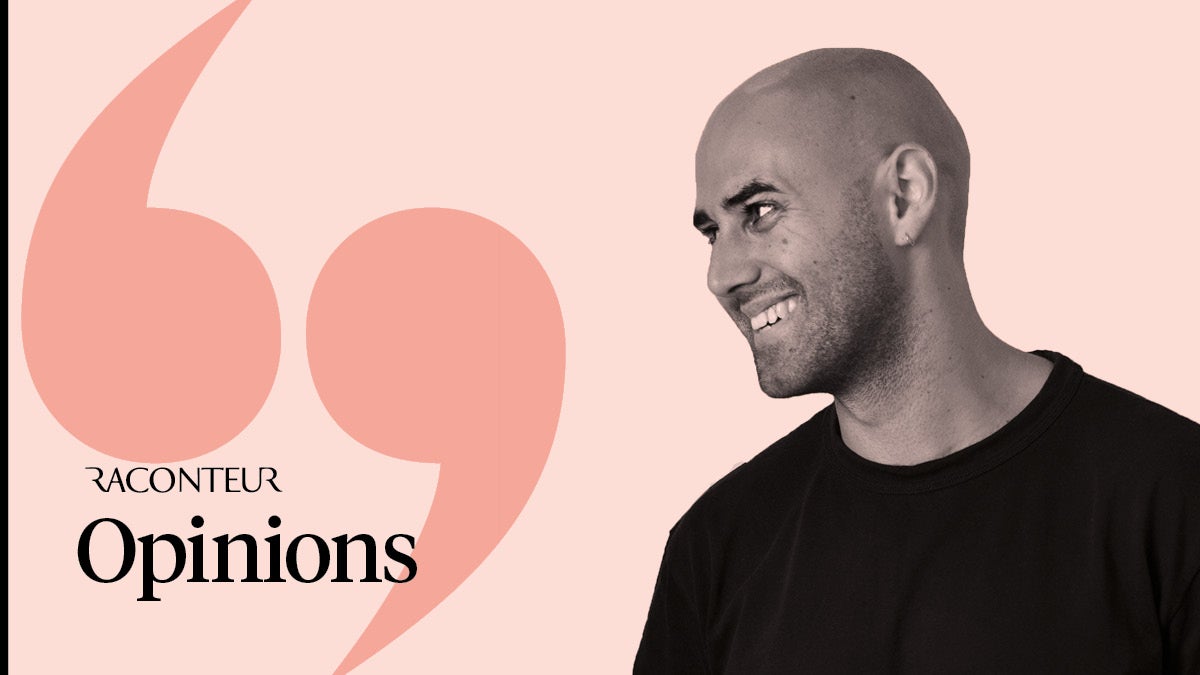
The pandemic has seen the global economy in freefall. Ad spend is at its lowest levels since records began. Marketing is feeling the heat.
Speaking to 600 senior business-to-business (B2B) marketing leaders in September, the team at alan. and I discovered more than half (53 per cent) have suffered budget cuts and 43 per cent experienced headcount reductions. In parallel, the majority of marketers are now being forced to prove return on investment, with one in four seeing it as critical to the existence of the marketing department. The pressure is on.
In such adverse conditions, natural instinct is for self-preservation. In marketing terms, this often means a focus on short-term tactical activity that can be measured in sales performance. Such an approach is short sighted.
In an environment where demand is suppressed, investment in activation offers diminishing returns. Instead, marketers need to learn the lessons of the previous recession and invest in brand building. At the point the economy bounces back, it will be those brands which have deployed a long-term strategy and remained front of mind that will win.
It’s not all about brand awareness
Indeed, according to the Institute of Practitioners in Advertising, brands that invested in growing excess share of voice, or ESOV, by 8 per cent during the 2008-9 downturn, grew their market share by an average of over four times more during the recovery phase.
As a rule of thumb, brands should seek to maintain share of voice equivalent to market share. However, the reality is if competitors are cutting their activity, brands can get away with reducing their budget accordingly. As callous as it may sound, recession offers the opportunity for discounted share of voice.
Encouragingly, this brand-building school of thought is gaining traction. Some 43 per cent of the B2B marketers we spoke to are prioritising investment in brand awareness and increasing share of voice. However, doing more of the same is not going to cut it.
Simply focusing on brand awareness is a fallacy. Awareness is, of course, fundamental, but alone it is not what wins a customer or client. Instead, I would argue it is brand salience or fame that should be strived for.
The importance of “brand salience”
Salience is ultimately how quickly a brand comes to mind in a specific purchase environment. Those brands that “appear” first are those a buyer will instinctively feel more connected to and consider to be more relevant to the decision. Intuitively, this makes sense in a business-to-consumer context, but a 2019 study by LinkedIn shows it is equally true in B2B. The study goes on to demonstrate strategies targeting salience outperformed those based on rational messaging twelvefold.
Salience requires brands to become embedded in wider culture. An implicit understanding of the brand’s advantages has to develop. Neither are easy tasks.
To achieve this, brands have to engage their audience on an emotional level at scale. This may seem daunting, but is something all brands are capable of. In my experience, it comes down to two key things: a reimagination of audience and marketing bravery.
B2B brands need to see their audience in a wider context, beyond the job role, to understand what energises, delights and fascinates them. This appreciation of them as humans provides a critical centre of gravity to the creative process, enabling experimental and original thinking without losing focus. Armed with a compelling, distinctive, remarkable piece of creative, it is then down to the marketer to have the courage of their convictions.
Taking such a bold approach may seem anathema to an industry increasingly constrained by the need to deliver immediate, quantifiable results. However, with one in three marketers we spoke to seeing the pandemic as a catalyst for taking risks and being more daring with creative and campaigns, the tide could be turning.

The pandemic has seen the global economy in freefall. Ad spend is at its lowest levels since records began. Marketing is feeling the heat.
Speaking to 600 senior business-to-business (B2B) marketing leaders in September, the team at alan. and I discovered more than half (53 per cent) have suffered budget cuts and 43 per cent experienced headcount reductions. In parallel, the majority of marketers are now being forced to prove return on investment, with one in four seeing it as critical to the existence of the marketing department. The pressure is on.
